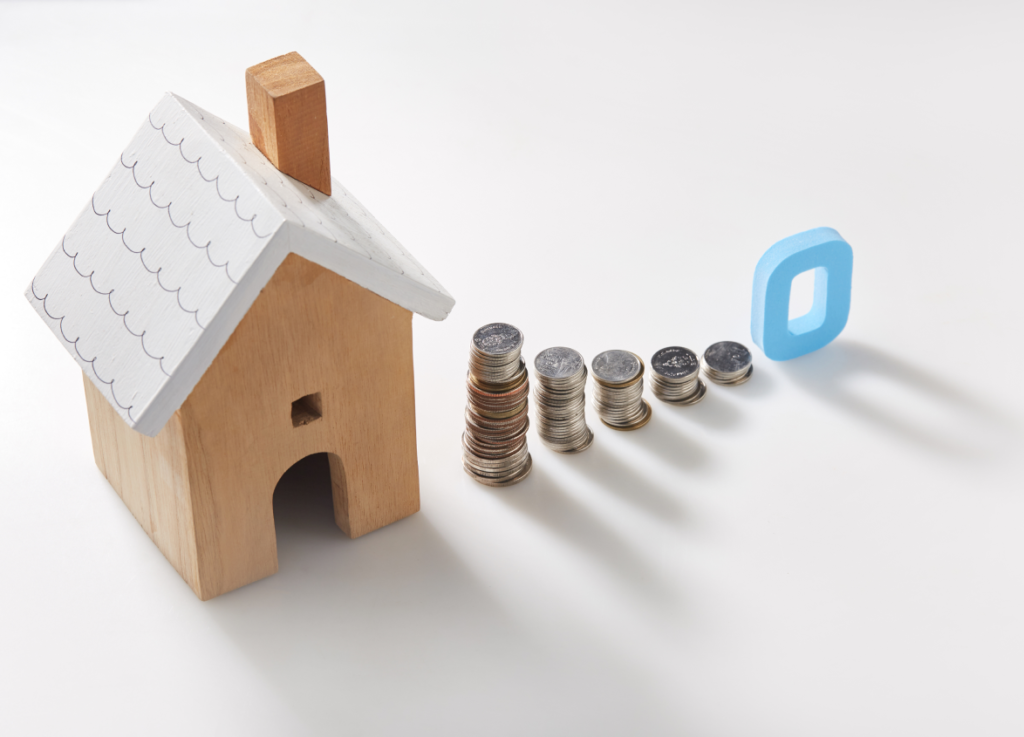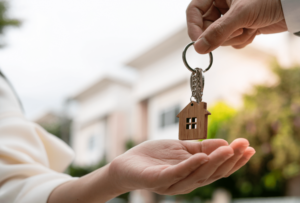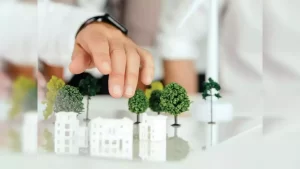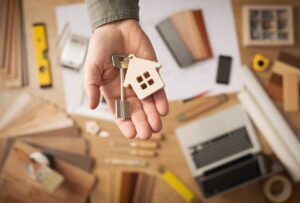
In recent years, the Australian real estate market has witnessed a transformative shift towards sustainability. As climate awareness grows and the demand for eco-friendly living spaces increases, sustainable homes have become more than just a trend—they are now a significant and influential factor in the real estate landscape. This blog post delves into the rise of sustainable homes in Australia, exploring current trends, opportunities, and the impact on the Australian property market.
Understanding the Shift Towards Sustainable Homes
Sustainable homes, also known as green or eco-friendly homes, are designed with the intention of minimizing environmental impact. This shift towards sustainability in Australian real estate is driven by a combination of consumer demand, government regulations, and technological advancements.
A key driver is the increasing awareness among Australian homebuyers about the environmental impact of their living spaces. More people are recognizing the importance of energy efficiency, water conservation, and sustainable materials. This shift in consumer preference is prompting developers and builders to focus on creating homes that are not only stylish and comfortable but also environmentally friendly.
Key Trends in Sustainable Australian Real Estate
One of the most notable trends in the Australian real estate market is the integration of energy-efficient technologies. Solar panels, energy-efficient lighting, and smart home systems are becoming standard features in new homes. These technologies not only reduce energy consumption but also help homeowners save on utility bills.
Another trend is the use of sustainable building materials. Australian builders are increasingly opting for materials that have a lower environmental footprint, such as recycled or rapidly renewable resources. This shift is not only better for the environment but also often results in higher quality, more durable homes.
Water conservation is another critical aspect of sustainable housing. With Australia experiencing periodic droughts, water-saving measures such as rainwater harvesting systems and water-efficient fixtures are becoming more prevalent. These features are not only practical but also enhance the appeal of homes to environmentally conscious buyers.

Opportunities in Sustainable Real Estate
The rise of sustainable homes presents numerous opportunities for investors, developers, and real estate professionals. For investors, sustainable properties often offer higher resale values and lower operational costs, making them a smart financial choice. Additionally, homes that are designed with sustainability in mind can attract a broader range of potential buyers, including those who prioritize environmental responsibility.
Developers and builders who specialize in sustainable construction can differentiate themselves in a competitive market. By embracing green building practices and promoting their eco-friendly features, they can tap into a growing segment of the market that values sustainability.
Real estate professionals have an opportunity to educate buyers and sellers about the benefits of sustainable homes. By highlighting energy efficiency, water conservation, and the use of sustainable materials, they can help clients make informed decisions and recognize the long-term value of eco-friendly properties.
Australian Topical Sites: Influencing Sustainable Real Estate
Australian topical sites, including national parks, coastal regions, and urban green spaces, play a significant role in shaping the demand for sustainable homes. The proximity to these natural features can enhance the appeal of a property, as buyers increasingly seek homes that offer a connection to nature and a reduced environmental footprint.
For instance, properties located near national parks or coastal areas often attract buyers who value proximity to natural beauty and recreational opportunities. These locations can also influence the design and construction of sustainable homes, with developers incorporating features that complement the surrounding environment.
Furthermore, urban green spaces and initiatives aimed at creating more sustainable cities are impacting the real estate market. Cities like Melbourne and Sydney are investing in green infrastructure, such as parks and bike paths, which enhances the livability of urban areas and promotes the development of sustainable housing.




